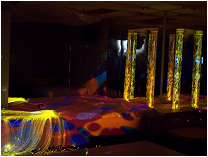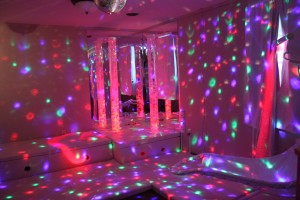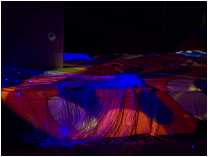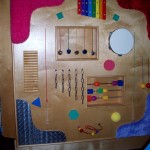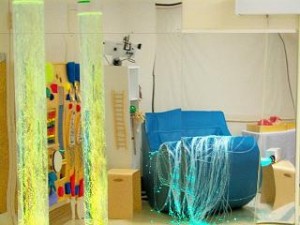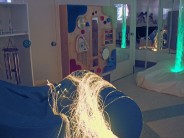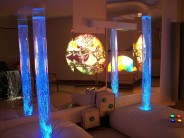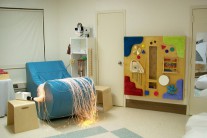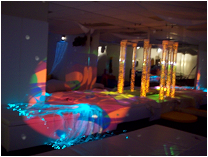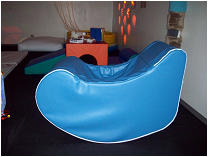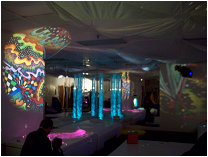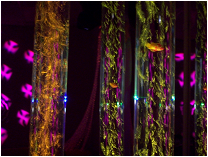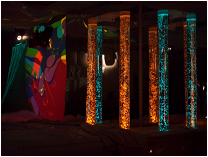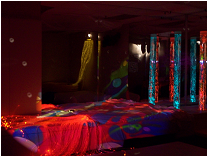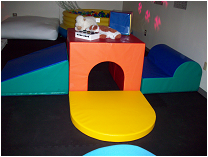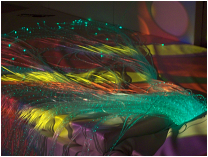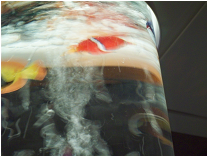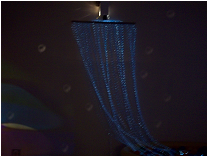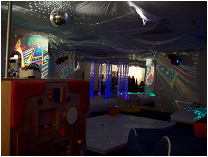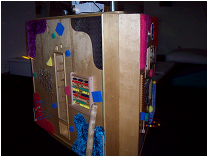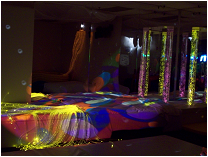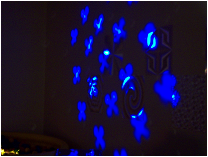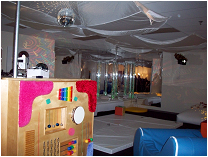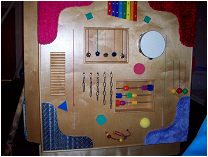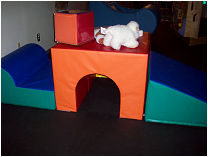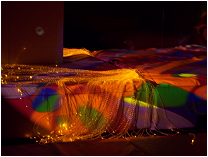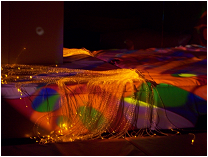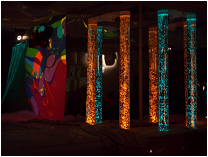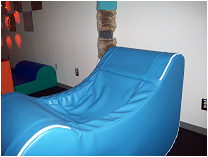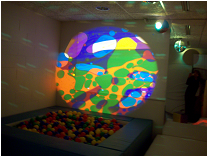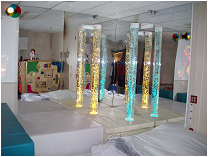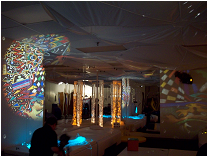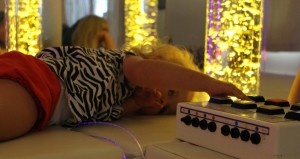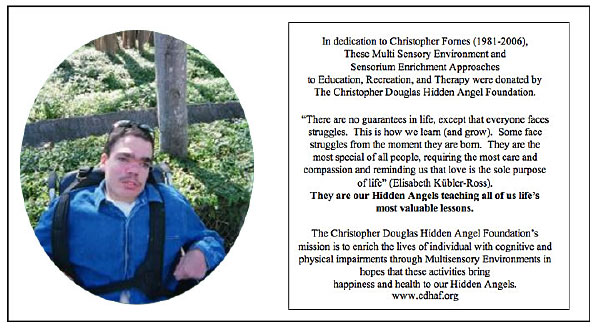“There are no guarantees in life, except that everyone faces struggles. This is how we learn (and grow). Some face struggles from the moment they are born. They are the most special of all people, requiring the most care and compassion and reminding us that love is the sole purpose of life.”– Elisabeth Kübler-Ross
These are our Hidden Angels – teaching all of us life’s most valuable lessons.
Multi Sensory Environments: The Need
When cognitive abilities are severely impaired through brain injury, mental retardation, developmental disabilities or dementia, sensory stimulation is often the only way to keep individuals active, happy and healthy. The stimulation and opportunities in a person’s environment directly affect the level of function that person achieves.
- While many Multi Sensory stimulation rooms exist throughout Europe and Israel, there are very limited facilities in North America.
- While there are only 450 facilities in Canada, there are significantly less in the USA.
- Those facilities that do exist are connected with hospital or rehab centers, etc and are not accessible to the general population.
- CDHAF is working at increasing the number of facilities in North America that are accessible to the general special populations.
People will fail to thrive – and often withdraw – when their environment offers nothing. Studies have shown that young children, individuals with disabilties, and elderly persons are especially vulnerable to the failure to thrive.
Furthermore, brain injury and poor maturation of the nervous system disrupt the brain’s ability to receive, process, store, and utilize information, leading to neurological disorganization. Stimulating a disorganized or cognitively impaired neurological system is more effective given more sensory stimulation.
Cognitively impaired individuals need to find alternative ways to learn. Often they adapt through Multi Sensory Environments. It is important for these individuals to have this opportunity throughout a lifetime.
Despite research showing that Multi Sensory Environments can improve the health and quality of life of individuals by improving brain activity, access to therapeutic recreation and/or sensory stimulation is not readily available to those who need it. In addition, there are gaps between the concepts of community integration and inclusion for individuals with disabilities and the limited services available to assist these individuals in reaching the goal of full inclusion.
We are working to bridge these gaps through Multi Sensory Environments and community partnerships.

